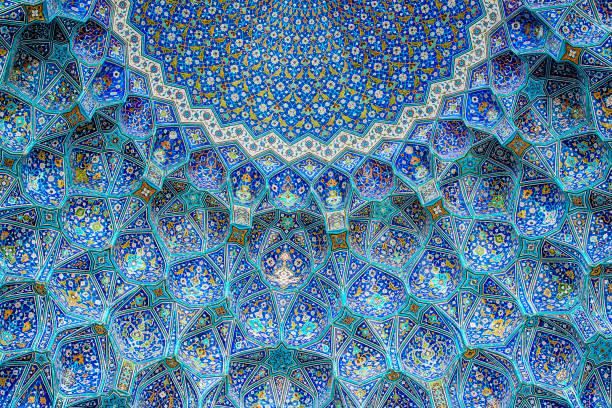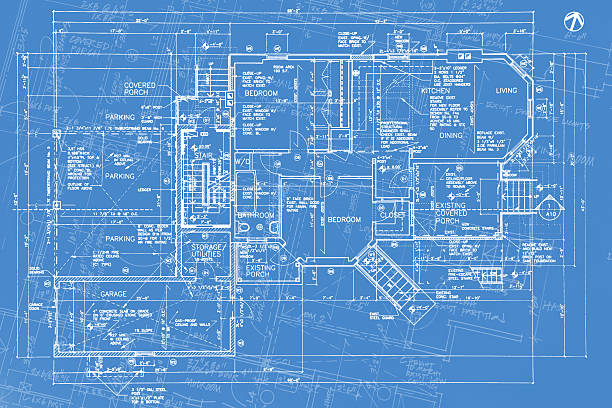Elevation Design: Enhancing Spaces to New Heights
Introduction:
Welcome to the world of elevation design, where artistic vision and architectural innovation unite to create mesmerizing spaces that stand tall among the rest. Elevation design plays a pivotal role in defining the overall aesthetic appeal and functionality of any building or structure. It involves carefully crafting the external appearance, incorporating various elements, and bringing harmony between form and function.
Elevation design is an art form that seamlessly merges with architectural principles. It is the face of any building, reflecting its character and identity to the world. Skilled architects and designers use their creative prowess to conceptualize elevations that leave a lasting impression on everyone who beholds them.
With elevation design, ordinary spaces undergo a remarkable transformation. Through the ingenious use of lines, textures, materials, and colors, designers can evoke different emotions and responses from those who encounter the structure. Whether it's a modern high-rise, a timeless mansion, or a serene residential retreat, elevation design elevates the ordinary to the extraordinary.
Elevation design is not just about aesthetics; it must also harmonize with the building's functionality. A well-designed elevation enhances natural light intake, improves ventilation, and optimizes energy efficiency. By striking a balance between beauty and purpose, elevation designers ensure that every aspect of the structure serves a practical function.
Nature serves as an endless source of inspiration for elevation design. Designers incorporate green elements, sustainable materials, and biophilic concepts to seamlessly blend the structure with its natural surroundings. The result is a harmonious coexistence between the built environment and the ecosystem.
Elevation design often draws from the rich tapestry of cultural and regional influences. From classic motifs to contemporary expressions, designers tailor elevations to resonate with the local heritage and traditions. This blend of modernity and history adds depth and significance to the building's facade.
Advancements in technology have revolutionized elevation design. With 3D modeling, virtual reality, and computational design, architects can visualize and refine their ideas with precision. Innovative building materials and construction techniques allow for groundbreaking elevations that were once thought impossible.
In an era of environmental consciousness, elevation design embraces sustainability as a core principle. Green roofs, solar panels, rainwater harvesting systems, and energy-efficient facades are just a few examples of how elevations can contribute to a greener future.
Conclusion:
Elevation design is an awe-inspiring journey where creativity and imagination soar to new heights. It weaves stories of beauty, functionality, culture, and sustainability into the fabric of the built environment. Whether you seek a design that resonates with tradition or one that pushes the boundaries of modern architecture, elevation design is the key to unlocking the true potential of any structure, ultimately elevating spaces to reach their full splendor.
Introduction:
Welcome to the world of elevation design, where artistic vision and architectural innovation unite to create mesmerizing spaces that stand tall among the rest. Elevation design plays a pivotal role in defining the overall aesthetic appeal and functionality of any building or structure. It involves carefully crafting the external appearance, incorporating various elements, and bringing harmony between form and function.
- Artistry Meets Architecture:
Elevation design is an art form that seamlessly merges with architectural principles. It is the face of any building, reflecting its character and identity to the world. Skilled architects and designers use their creative prowess to conceptualize elevations that leave a lasting impression on everyone who beholds them.
- Transforming Spaces:
With elevation design, ordinary spaces undergo a remarkable transformation. Through the ingenious use of lines, textures, materials, and colors, designers can evoke different emotions and responses from those who encounter the structure. Whether it's a modern high-rise, a timeless mansion, or a serene residential retreat, elevation design elevates the ordinary to the extraordinary.
- Balancing Aesthetics and Functionality:
Elevation design is not just about aesthetics; it must also harmonize with the building's functionality. A well-designed elevation enhances natural light intake, improves ventilation, and optimizes energy efficiency. By striking a balance between beauty and purpose, elevation designers ensure that every aspect of the structure serves a practical function.
- Integrating Nature and Environment:
Nature serves as an endless source of inspiration for elevation design. Designers incorporate green elements, sustainable materials, and biophilic concepts to seamlessly blend the structure with its natural surroundings. The result is a harmonious coexistence between the built environment and the ecosystem.
- Cultural and Regional Influences:
Elevation design often draws from the rich tapestry of cultural and regional influences. From classic motifs to contemporary expressions, designers tailor elevations to resonate with the local heritage and traditions. This blend of modernity and history adds depth and significance to the building's facade.
- Technology and Innovation:
Advancements in technology have revolutionized elevation design. With 3D modeling, virtual reality, and computational design, architects can visualize and refine their ideas with precision. Innovative building materials and construction techniques allow for groundbreaking elevations that were once thought impossible.
- Sustainable Elevation Solutions:
In an era of environmental consciousness, elevation design embraces sustainability as a core principle. Green roofs, solar panels, rainwater harvesting systems, and energy-efficient facades are just a few examples of how elevations can contribute to a greener future.
Conclusion:
Elevation design is an awe-inspiring journey where creativity and imagination soar to new heights. It weaves stories of beauty, functionality, culture, and sustainability into the fabric of the built environment. Whether you seek a design that resonates with tradition or one that pushes the boundaries of modern architecture, elevation design is the key to unlocking the true potential of any structure, ultimately elevating spaces to reach their full splendor.




